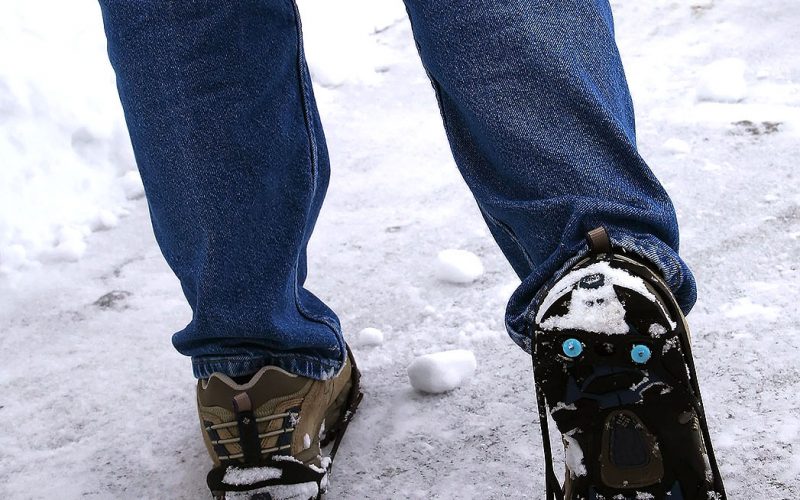If your recent winter interactions with ice have been altogether negative, I empathize. It’s abundantly clear to most of us why ice storms, slick roads and slippery sidewalks are hazards that make us yearn for summer-like Olaf the snowman in Disney’s recent release, Frozen. But not as obvious are the ways we depend on ice for our very survival.
Glaciers are the largest chunks of ice on the planet, and provide 90 percent of the Earth’s fresh water needed for drinking by many populations around the world. 97 percent of the water on Earth is salt water, with only 3 percent fresh water. Three-quarters of this fresh water is held within ice, and 90 percent of that ice is in Antarctic glaciers. Damming of glacier melt generates hydroelectric power. Glacier melt is also important for crop irrigation, and farmers worldwide depend on it. Local ice and snow is water needed for local crops, too, during the springtime melt.
Fishermen, like farmers, depend on the ice, not only for ice fishing but also to regulate harvests of yellow perch in Maryland (usually swimming beneath ice in January) so that catch limits are not met too early in the season and restaurants can predictably promote fish on their menus.
Ice is something we have to live with, but there are ways to live sustainably with it. Sidewalk salt is dangerous not only for pets, which may lick it off their paws or from the ground and be poisoned, but also bad for the environment since it harms plants, soil and groundwater. A few safe alternatives are coarse sand, kitty litter, and sawdust, although these have their drawbacks. According to Mother Earth Living, “When sand is applied to roads, it is ground into dust by vehicles and thrown into the air. This airborne sand is considered particulate air pollution that is regulated by the Environmental Protection Agency.” There is also a product called Ice-Ban which is a by-product of turning corn into ethanol. It’s a sticky brown liquid with a somewhat sweet odor that has been fine for state highways but not so lovely in pedestrian places like downtown Denver. There is also concern that the sweet scent may attract wildlife onto roads.
Safer sidewalk salt products are free of chemicals like sodium chloride or calcium chloride. You can also purchase salt-free ice melting products that are plant-based and less irritating to pets. There are even winter doggie boots that protect paws from ice melt products that are toxic and prevent the possibility of the animal ingesting these products while licking their paws.
There are great boot attachments for people, too, to help us walk on the ice. Ice traction cleats like Yaktrax can be bought online, and many models are lightweight and easy to slip on the bottom of your boot to help us love and respect ice without letting it sweep us off our feet.
Ripples innovates solutions that maximize positive ripples in the world. We operate a 100% solar-hosted website with resources and services for individuals and non-profit organizations. For more information, visit: www.RipplesBlog.org.











